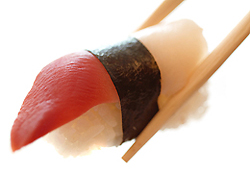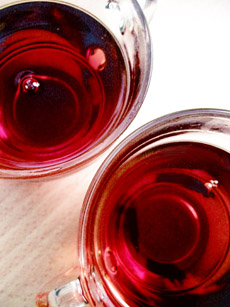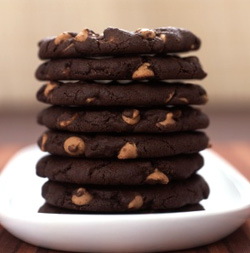|
You’ve heard of mulled wine, you say, but you don’t really know what it is? You’re not alone. So we’ll take a moment on National Mulled Wine Day, March 3rd, to give you some information to mull over, as well as mulled winerecipes for mulled wine and its Scandinavian cousin, glögg (pronounced glugg—add Aquavit or vodka along with the brandy, plus almonds and raisins).
The basics: Take a dry red wine and add water, brandy, spices, and some sugar or honey. Simmer on the stove top (read the recipe) and serve in mugs. But check out the recipes.
Glass mugs are preferable, since, as with any wine, one likes to enjoy the color of the beverage. But any mug will do.
If you’re going to buy glass mugs, we love the double-walled Bistro series from Bodum—photo #3).
They’re beautiful, keep the beverage hot longer and don’t require a coaster because the double wall keeps the heat and moisture raised above your tabletop.
For those who don’t drink alcohol (or for the kids), there’s also a recipe for mulled apple cider.
A BIT OF MULLED WINE HISTORY
The word “mull,” referring to sweetening, spicing and heating of wine or ale, has been traced back to 1610 or so.
Wine and ale often went bad. By adding spices and honey (sugar was not widely available for another two centuries), it could be made drinkable again.
Almost every European country has its version of mulled wine. Even the wine-snooty French make vin chaud (hot wine).
Today, it’s enjoyed as a comforting drink in chilly weather; not to cover up bad booze. Although if you think a bottle of wine is past its prime, go for it!
The spicy-sweet aroma of the mulling wine will fill your home—it’s the beverage equivalent of baking cookies.
You can buy premixed mulling spices in a specialty food store or spice shop (or even in some supermarkets); or you can measure out a little allspice, some dried orange rind (a.k.a. orange peel) and a few whole cloves into a muslin pouch or spice ball.
Add peppercorns if you’re into pepper, and star anise if you have it; and throw a few cinnamon sticks into the brew.
WASSAILING & THE WASSAIL BOWL
Centuries ago in Old England, the Anglo-Saxon peoples would toast with the expression waes hael, meaning “be well” or “be in good health.”
The tradition was that at the beginning of each year, the lord of the manor would greet the assembled family, workers and guests with the toast waes hael, meaning “be well” or “be in good health.”
In return, the people would respond would reply drink hael, “drink well.”
Thus, like our modern toasts on New Year’s Eve, the new year’s celebrations would begin.
Such celebrations are believed to have begun many years before Christianity began to spread throughout Britain (from around 600 C.E. [source]).
While the recipe varied by region, the wassail drink—typically served from a punch bowl, the wassail bowl—consisted of warmed ale, cider or wine, blended with spices (cinnamon, ginger and nutmeg) and topped with slices of toast (think very large croutons).
Since this was long before the availability of sugar, honey was used as a sweetener; and and perhaps an egg or two for a rich, creamy texture.
The tradition evolved to go wassailing began with the Anglo-Saxons in the countryside, where groups visited the orchards and blessed the trees.
Later, urban wassailing evolved into groups of merrymakers going from one house to another, singing traditional songs. This evolved into what we call caroling.
Wassailing generally take places on Twelfth Night, January 5th. However, some people still celebrate it on “Old Twelvey,” January 17th—the original date before the introduction of the Gregorian calendar in 1752.
|







